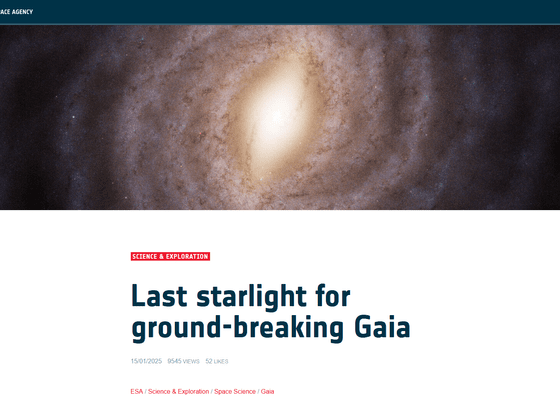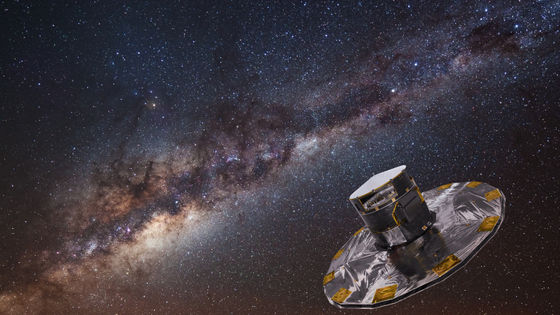Gaia, the space telescope observing the Milky Way, completes sky-scanning phase

ESA - Last starlight for ground-breaking Gaia
https://www.esa.int/Science_Exploration/Space_Science/Gaia/Last_starlight_for_ground-breaking_Gaia

ESA - Sky-scanning complete for Gaia
Gaia is equipped with three scientific instruments - the Astrometric Instrument, the Radial Velocity Spectrometer and the Photometric Instrument - and since its launch on December 19, 2013, it has repeatedly charted stars' positions, distances, motions, changes in brightness, composition and many other properties.
In addition, in the process of scanning the Milky Way galaxy, Gaia discovered various asteroids, galaxies, black holes, quasars , and other celestial objects. In June 2022, ESA released Data Release 3 (DR3), a data set that analyzed the data observed by Gaia. DR3 contains data on approximately 2 billion stars in the Milky Way galaxy, asteroids in the solar system, and information on the chemical composition, temperature, color, and mass of stars.
'Gaia has revolutionised our understanding of the Milky Way,' said Stephen Payne Wardenaar, science visualiser in the Office of Educational Astronomy at the International Association of Universities. 'Gaia's observations have allowed us to rethink basic ideas about the rotation of the Milky Way's galactic centre, the detailed structure of the spiral arms, and even the interstellar dust near the Sun.'

Gaia rotates using about 12g of coolant gas propellant per day, but according to ESA, Gaia's coolant gas propellant is running out over the years of observation. Therefore, on January 15, 2025, ESA announced that Gaia's astronomical observations will end.
Carol Mandel, ESA's Director of Science, said: 'Today marks the end of Gaia's scientific observations, but after nearly twice its originally predicted lifetime we celebrate the success of the mission, which has exceeded our expectations. The treasure trove of data that Gaia has collected has given us insight into the origin and evolution of the Milky Way and has revolutionised astrophysics and solar system science. Gaia's legacy will be a long-term legacy for future generations.'
According to the ESA, after completing the astronomical observation phase, Gaia will carry out various technical tests while remaining in the gravitationally stable '

Gaia's operations team plans to release Data Release 4 (DR4) in mid-2026, followed by Data Release 5 (DR5), a dataset analyzing the entire mission, by the end of the decade. Gaia Science Operations Team Leader Rocio Guerra reported, 'In the months leading up to shutdown, we will continue to analyze every last drop of Gaia's data. At the same time, we will continue to prepare for the release of DR5 at the end of the decade.'
'After 11 years in space, Gaia has been subjected to numerous impacts from micrometeorites and solar storms, and today it has completed its scientific data collection mission. Now we turn our attention to preparing for its next data release. We are excited about the success of Gaia's mission and the new discoveries that await us,' said Gaia Project Scientist Johannes Saalmann.
Related Posts:
in Science, Posted by log1r_ut







